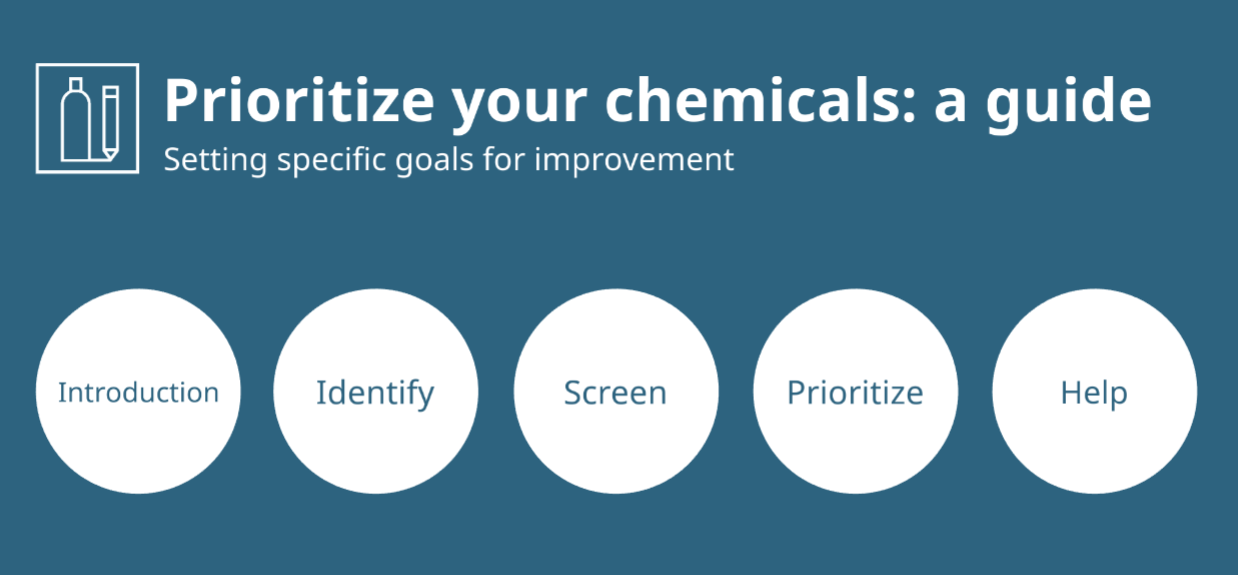- Resources
- Reducing your chemical footprint: Taking charge
Resources
Reducing your chemical footprint: Taking charge
Published: August 9, 2019 by EDF Staff
Buying more sustainable products is now the expectation of U.S. consumers. Market research firm Nielsen projects that the sustainability market will hit $150 billion in sales by 2021. For perspective, that’s larger than the entire video game industry. And demand for sustainable products is growing four times faster than conventional products. Millennials and Generation Z are fueling this transformation.
One of the top consumer concerns about products? Ingredient safety.
As consumer concern about the hidden dangers of exposure to common chemicals grows, so do reputational risks and government action to restrict or ban toxic chemicals in products.
Whether driven by falling consumer confidence, government regulation, investor scrutiny, or all of the above, it is quickly becoming a table stake for companies to know and reduce the presence of toxic chemicals in their products. Several leading companies are taking charge, increasing transparency into the chemicals used in their products and supply chain, and setting goals to reduce their chemical footprint. In apparel Nike and Levi’s are leading; in electronics Apple and HP; in beauty products, Walmart, Target and Sephora; and in personal hygiene products, Seventh Generation and newcomer Bloomi.
With increasing competition to meet stakeholder demand, the time for other companies to be proactive is now. But when it comes to reducing your chemical footprint, the size of the problem can be daunting. When you have a large product portfolio, how do you get started? When you sell a variety of products, from shoes to shampoo, where do you focus your attention?
That’s why EDF built a new tool to make the journey to safer products easier for all types of companies. In this new resource, we have condensed our expert knowledge and years of experience from helping the world’s largest retailer set a chemical footprint reduction goal to influencing emerging brands trying to start clean.
There are three key parts to identifying the toxic chemicals in your business and jumpstarting action on those chemicals that have the greatest material impact on your chemical footprint:

- Identify the Chemicals of Concern Universe Determine chemicals of concern based on hazard to human health and the environment;
- Screen Chemicals of Concern for Relevance Determine how this universe overlaps with your products and supply chain; and
- Prioritize a Subset of Chemicals of Concern for Action Using factors such as ubiquity, magnitude, and stakeholder concerns, determine which chemicals of concern you should address first.
Rooted in our successful work with companies, this resources is designed to help companies through this process. Whether concerned about toxic chemicals in products, manufacturing processes, or in use by upstream suppliers, retailers and product manufacturers can apply this approach to:
- start managing toxic chemicals;
- expand chemicals management programs across multiple product categories; or
- identify hotspots for action in particular categories, e.g. stain repellants in outerwear in the apparel sector or perchlorate contamination of processed meat in grocery.
By proactively tackling toxic chemicals in your products and processes using a methodical, data-driven strategy your company can stay ahead of chemical regulations and rebuild consumer confidence.

